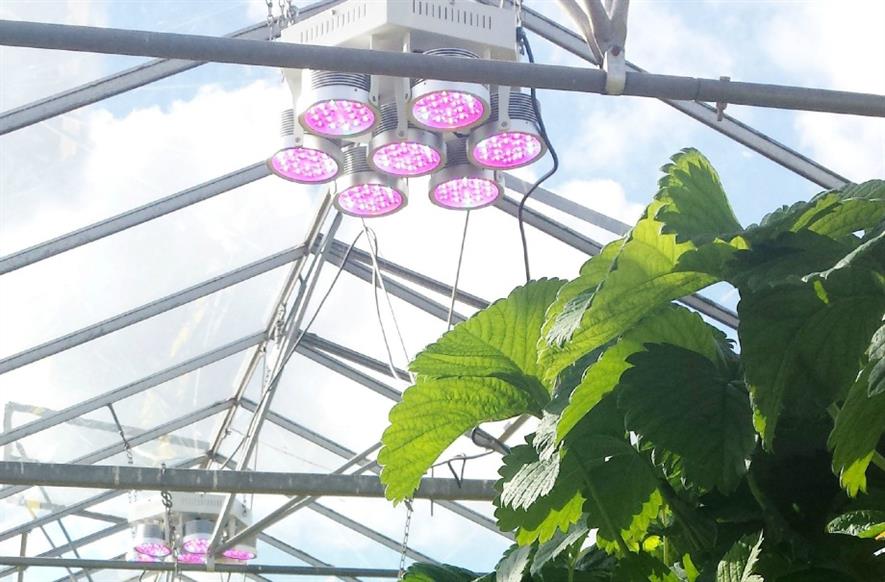
Vertical Gardens in Horticultural Education: Exploring Benefits and Implementation
Introduction
Vertical gardens have emerged as a revolutionary concept in horticultural education, presenting a paradigm shift in the way we approach gardening and sustainability. This article delves into the relevance and importance of vertical gardens, highlighting their interesting and beneficial aspects.
Historical Background
The history and evolution of vertical gardens can be traced back to the ancient Hanging Gardens of Babylon, one of the wonders of the ancient world. However, it is Patrick Blanc, a French botanist, who revolutionized the concept in the late 20th century with his innovative approach to vertical greenery. Since then, vertical gardens have gained popularity and have become an integral part of urban landscapes.
Key Concepts and Definitions
Vertical gardening techniques encompass various methods such as living walls, green facades, and rooftop gardens. These sustainable practices utilize limited space efficiently while promoting environmental consciousness. Furthermore, the educational benefits of vertical gardens include fostering practical learning experiences and instilling a sense of environmental stewardship among students.

Main Discussion Points
Benefits of vertical gardens in horticultural education
Vertical gardens offer a multitude of advantages in educational settings. By incorporating these green spaces, students can witness firsthand the life cycle of plants, from seed to harvest. This experiential learning promotes curiosity, critical thinking, and problem-solving skills. Additionally, vertical gardens serve as a powerful tool to educate students about sustainable practices such as water conservation and waste reduction, making them active contributors to creating a greener future.
Implementation and integration of vertical gardens in educational settings
Setting up vertical gardens in schools or educational institutions requires careful planning and consideration. A step-by-step guideline can assist educators in this process. Determining the suitable type of vertical gardening system for the specific environment is crucial. Options such as hydroponics, aeroponics, or modular living walls should be explored based on factors like space availability and maintenance requirements. Integrating vertical gardens into curriculums involves collaboration with teachers from different disciplines and addressing challenges such as time constraints and resource allocation.
Collaboration and community engagement in vertical garden projects
Community involvement plays a pivotal role in the success of vertical garden initiatives. Partnerships with local organizations and businesses can provide resources, expertise, and financial support. Vertical gardens also have the potential to strengthen community relationships and improve public spaces. Engaging students, parents, and the wider community in maintenance and upkeep of vertical gardens fosters a sense of ownership and pride.

Case Studies or Examples
Real-world examples of successful vertical garden projects in educational settings offer inspiration and guidance for educators. One such example is the Edible Schoolyard Project in California, where students actively participate in growing their own food. This project has shown positive outcomes, including improved academic performance and increased consumption of fruits and vegetables. Similarly, the Vertical Harvest project in Wyoming utilizes vertical farming techniques to provide employment opportunities for individuals with disabilities.
Current Trends or Developments
Vertical gardening techniques and technologies are continuously evolving. Recent advancements include the integration of automated irrigation systems, vertical farming in controlled environments, and the use of innovative materials for vertical structures. Furthermore, research findings continue to highlight the benefits of vertical gardens in horticultural education, emphasizing their positive impact on student engagement, mental well-being, and overall academic performance.
Challenges or Controversies
Implementing vertical gardens in educational settings may present challenges. Limited space, high upfront costs, and maintenance requirements can deter institutions from adopting this approach. Additionally, controversies surrounding the use of vertical gardens revolve around concerns about the long-term sustainability of these systems and their potential to divert resources from other essential educational needs. A balanced perspective acknowledges the need for careful planning, strategic allocation of resources, and ongoing evaluation.
Future Outlook
Looking ahead, vertical gardens have the potential to become mainstream in educational institutions. Emerging trends, technologies, and practices will shape the future landscape of horticultural education. As cities become more densely populated, vertical gardens offer a solution for greening urban spaces and engaging students in hands-on learning. The integration of smart technologies, such as sensors and data analysis, provides exciting opportunities for research and innovation in vertical gardening.

Conclusion
Vertical gardens represent a significant shift in horticultural education, offering numerous benefits for students, communities, and the environment. By embracing vertical gardening techniques, educators can foster practical learning experiences, promote sustainability, and inspire the next generation of environmental stewards. Further exploration and research in this field will contribute to the continued growth and success of vertical gardens in educational settings.
References
Blanc, Patrick. The Vertical Garden: From Nature to the City. W.W. Norton & Company, 2008.
Edible Schoolyard Project. “About Us.” [link]
Vertical Harvest. “Our Vision.” [link]




